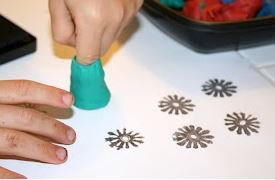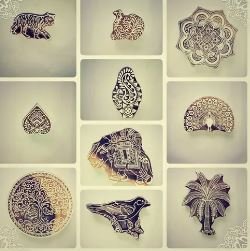Understanding stamp printing techniques is crucial for both new and seasoned collectors who want to fully appreciate the craftsmanship behind each stamp. From intricate engravings to vibrant offset prints, each printing method influences the design, quality, and value of the stamp. By learning about these techniques, collectors can gain deeper insight into the historical significance of stamps and avoid common mistakes when acquiring or evaluating them. Whether you’re collecting for passion or investment, understanding stamp printing techniques helps unlock exceptional quality and ensures you don’t fall for counterfeit or poorly printed reproductions.
Understanding stamp printing techniques is essential for anyone interested in philately, as these methods directly influence the quality and appearance of a stamp. Whether you’re collecting stamps or designing your own, understanding stamp printing techniques allows you to appreciate the fine details and craftsmanship behind every issue. By mastering these techniques, you can unlock exceptional quality in your collection. However, it’s equally important to recognize and avoid common missteps that can lead to mistakes or loss of value.

The Evolution of Stamp Printing Techniques
The history of stamp printing techniques dates back to the earliest days of philately. Initially, stamps were hand-stamped or engraved using rudimentary methods, but over time, advancements in technology allowed for more intricate designs and mass production. Understanding stamp printing techniques begins with recognizing the evolution of these methods and their impact on stamp design.
Key Stamp Printing Techniques
There are several main printing techniques used in stamp production, each with its own advantages and challenges. Understanding stamp printing techniques helps collectors identify the printing method used and appreciate the stamp’s unique qualities.
- Engraving – This method produces highly detailed, crisp designs but is labor-intensive and expensive.
- Lithography – Common for colorful stamps, lithography allows for intricate designs, though it may lack the sharpness of engraving.
- Offset Printing – The most common modern method, it produces high-quality prints quickly and cost-effectively.
- Screen Printing – Ideal for bold designs, this method is often used for commemorative stamps, but can lack durability.

Collecting Postage Due Stamps is a unique and intriguing branch of philately that focuses on stamps issued to indicate an underpaid or unpaid postal fee. Unlike regular postage stamps, these stamps served a functional purpose, ensuring that recipients paid the required postage when sending or receiving mail. With their historical significance and often fascinating designs, collecting postage due stamps offers a rare glimpse into postal history and the evolution of international mail systems
Common Missteps to Avoid in Stamp Printing and Collecting
While understanding stamp printing techniques can greatly enhance your collection, it’s important to avoid some common missteps that many new collectors face:
- Not Considering Printing Errors
Many collectors are drawn to stamps with printing errors, such as misprints, color variations, or alignment mistakes. While these can add value to a collection, understanding stamp printing techniques is key to recognizing which errors are truly rare and valuable versus those that are common and insignificant. - Overlooking Condition
The condition of a stamp is just as important as its printing technique. A stamp with a unique printing method but poor condition will not hold the same value as one in pristine shape. Collectors often make the mistake of focusing solely on the design or rarity of the stamp without considering its overall condition. Understanding stamp printing techniques can help you identify when a stamp has been damaged or altered. - Confusing Reproductions with Authentic Stamps
With advancements in digital printing, it has become easier to produce high-quality replicas of rare stamps. Understanding stamp printing techniques is essential for distinguishing between genuine stamps and reproductions. Familiarizing yourself with the different methods used in stamp production can help you avoid falling for counterfeit stamps that are widely circulated.

Conclusion
Understanding stamp printing techniques is an invaluable skill for both collectors and designers. By knowing the various methods and their implications on design, quality, and rarity, collectors can make informed decisions when acquiring new stamps.
While understanding stamp printing techniques can unlock exceptional quality in your collection, avoiding common missteps—such as confusing reproductions or neglecting stamp condition—will help you protect and enhance your collection for years to come. Whether you are a novice or an experienced philatelist, mastering the art of stamp printing is a journey that will deepen your appreciation for this timeless hobby.



